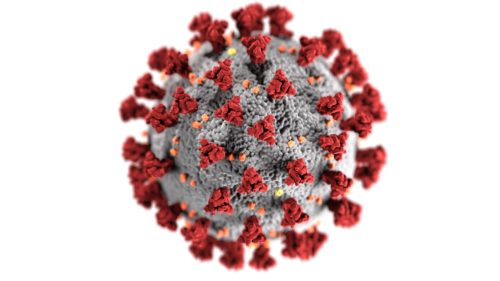
Two announcements occurred this week, both of note and connected only by the fact that they are emblematic of the slow metamorphosis from a COVID emergency world to a post-COVID emergency one.
Emergency Ends – First, the Biden Administration announced that it would be allowing the Public Health Emergency (PHE) declaration to lapse this coming May. In a separate (and pointless) development, the U.S. House of Representatives voted to end the declaration – theater-legislation given that the initiative would never be passed into law and the policy decision was already made. The PHE, initiated during the prior Administration and extended repeatedly by the current Administration, put into place a number of policy initiatives in relation to the COVID-19 response, most significantly initiatives that enhanced the ability freer access for people to get vaccines, medicines and testing. With the end of the PHE declaration, access for individuals will shift away from government support and rely on a person’s insured status (either public or private) and any state policies in effect.
- Impact on EUAs? One aspect largely missed in the media reporting on the PHE conclusion is in regard to whether or not the action has an impact on the Emergency Use Authorization (EUA) status conferred by FDA on a number of vaccines, diagnostic tests, and medicines during the COVID emergency. However, the PHE that will end on May 11 is distinct from the separate from the mechanism that allows FDA to issue EUAs for medical products. Therefore the status of those medical products that have EUAs will not be affected by the ending of the PHE, declared under the auspices of the Public Health Service Act. The emergency declaration that confers the ability of FDA to issue EUAs is a separate regulatory mechanism and is part of the Federal Food and Drug Cosmetic Act. FDA has stated in an updated FAQ on the topic that any change that would impact EUAs would first be published in the Federal Register with ample time provided for transition of products from EUA status.
Face-to-Face Meetings – On a separate note, it was reported this week that FDA will be engineering an eventual return to in-person meetings with industry. FDA has provided an update on the website regarding Face-to-Face (FTF) meetings with staff transitioning in 2023 to return, at least part of the time, to the FDA campus.
- Impact on AdComms? While it is almost impossible to think of that absolutely HUGE campus empty all this time, the return naturally raises the important question as to how this change will impact industry, with specific attention to FDA Advisory Committee meetings. In a prior post, it was noted (without making a causative connection) that since meetings went virtual, they have also gone more negative, with a higher rate of “no votes” than in prior years. In the communication regarding the transition, FDA has stated that they will be re-fitting conference rooms with some fancy new equipment – face/conversation tracking cameras and boom forming microphones for example – and the agency will have in-person participation likely limited to those with speaking roles, while others will be relegated to a virtual presence. Hence, a hybrid meeting. Because the number of rooms will be limited, but growing over time, these types of meetings will seemingly start out few and expand as re-fitted facilities come on line. The agency is targeting smaller industry meetings for this effort. Sadly, no mention yet of FTF AdComms.
It would appear that we are emerging, in some respects, glacially from the COVID era. As noted in the previous posting, FDA is talking less about the pandemic than before. And while it is good to have this in the rear view mirror, it is worth noting that daily mortality is still high, people are still hospitalized at a high rate, and many people are still getting sick with it for the first time. We are moving on, but the pandemic is still very much with us.

